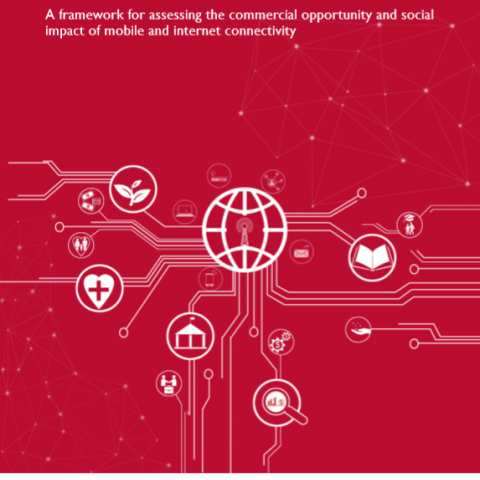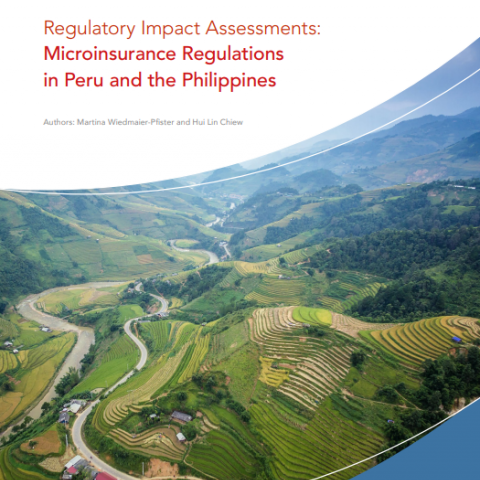The social economy is a reality in many people’s lives because it promotes values and principles that focus on people’s needs and on their communities. In a spirit of voluntary participation, self-help and self-reliance, and through enterprises and organisations, it seeks to balance economic success with fairness and social justice, from the local level to the global level. Because of their social and economic purposes, social economy organisations are often vulnerable at the financial level; they have difficulty building financial reserves or covering their operating costs. Conventional private investors often see social economy organisations as being unattractive. Social economy organisations often have to rely on public subsidies which can present challenges for their autonomy. This paper explores the different financing streams (i.e. membership funds, grants, debts, equity and quasi-equity finance) used by social economy organisations by focusing on three case studies from Canada, Kenya, and the United Kingdom. Based on the case studies and on financial literature, the paper proposes what could be the constitutive elements of a good and balanced model for financing social economy organisations.
























